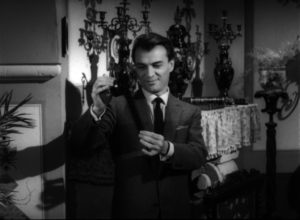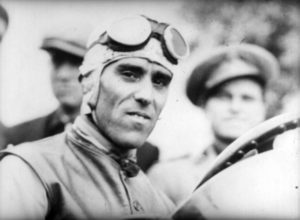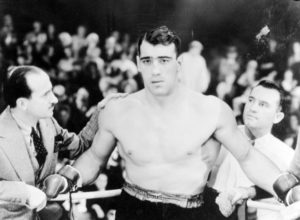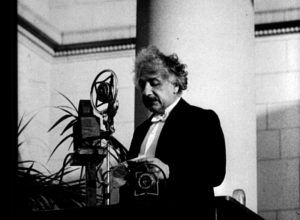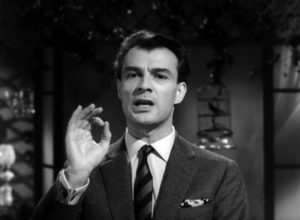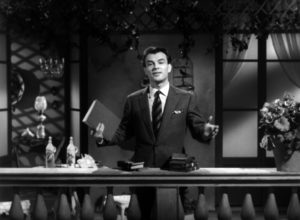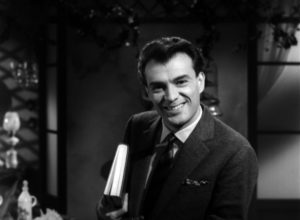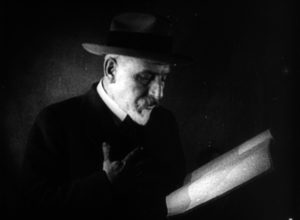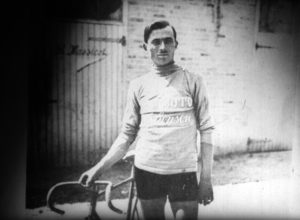Giorgio Albertazzi, the Swan of Pastasciutta
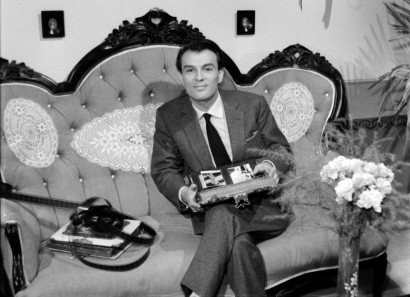
by Emmanuel Grossi
Autumn 1958. Television, with only one nationally broadcast channel that offered daily programing, was less than five years old; Carosello was less than two years old. Barilla, who had been present in the summer season with a series of fairy tales for young children (the same ones who were the target for the gluten pasta), continued to broadcast without interruption and hired the first celebrity of its long history of advertising: Giorgio Albertazzi.
The product being advertised was always the same, but the breadth of the campaign was very different: it was intended to speak to a public of all ages (as represented in the eccentric final segment) and a high profile was sought (even as early as in those times!), with an elegant format, and cultural references to poetry. Shortly thereafter, Albertazzi would intervene into the debate raised by the General Director of RAI on the differences between theater and prose broadcast on television, making this statement on “Radiocorriere”: “In order to be awakened, the emotions of the television spectator need a more intimate dialogue. Their secret interlocutor is the face that looks out of the window of the small screen, a face that by itself is capable of containing and expressing a story. The television actor is an acrobat on a rope, a trapeze artist capable of high acrobatics. The sense of his expressive quality is always measurable on his face. The rhythm of the television show, its inner heart, will be dictated only by the life that he will be able to infuse into the story that he is narrating, in that secret, complicit conversation with the lonely spectator – a conversation that sanctions the television show”. In coherence with this, the Carosello commercials that he interpreted for Barilla were in the sign of measure and intimistic colloquialism as well.
Starting from October to the end of that year he introduced and commented rare historical finds of silent films from a fictitious family collection (in truth most likely from the immense Pathé archive), that show Pirandello and Marconi, Edison and Einstein, Nuvolari and Duse in front of the camera.
Later, from January to June of 1959, he quoted himself and made references to the television column of which he was the protagonist in 1955, Appuntamento con la novella (An appointment with novels). Holding an open book in his hand as if it was a breviary, he recited poetry verses, excerpts of theater monologues, and pages from epistolary books, for the most part of romantic character or (as it would be said in those times, with a meaning that is different from the modern one of the word) of pathetic character.
In both cases, an opening introduction segment designed by Erberto Carboni, trusted artist for the Barilla company, introduced L’album di Giorgio Albertazzi (Giorgio Albertazzi’s Family Album). After months of persuasive and theatrically set voice, the Company felt the risk connected to such elite and rigid communication style. To draw near to all the social levels of population, it steered on the funny, chaotic and less complex character of Dario Fo (in Italy there still was a widespread problem of alphabetization, and at the end of 1960 a famous schooling program called Non è mai troppo tardi – It’s never too late – was launched).
To collect the cumbersome inheritance of Albertazzi would be his “rival” Vittorio Gassman, who, in 1961 in his turn recited the verses of Dante and Leopardi on behalf of Perugina. “The Swan of Pastasciutta” (as later Achille Campanile would call him) instead came back to Carosello in 1964 for the Gazzoni company of Bologna, involving his partner in life and in theater Anna Proclemer. He answered to the reprimands of the purists once more through the press, saying that advertisement served him to repay the expenses he sustained for the pharaonic theater setting of Hamlet (of which he was the producer in addition to being the protagonist), directed by Franco Zeffirelli, featuring about fifty performers on stage, among which Annamaria Guarnieri, Mario Scaccia, and Proclemer as well.
